‘There’s no such thing as bad weather, only unsuitable clothing’- Alfred Wainwright
The sleeping bag the company had kindly loaned me had thrown in a curveball. A large and heavy one at that. My claim of packing light- coupled with my smaller duffel compared to the others in my group- was no more, as items sprang out of my carefully stuffed bag by the hotel scales. 10kg was not showing despite a couple of attempts at angling my duffel in different directions whilst silently willing the number to go down. Nor was the advised 15kg limit showing when I added my day pack to the scales.
The weight restrictions are there for a reason. Flights to Lukla can only take a certain weight, and porters usually carry the main duffel. Time to realise that I had actually packed more than I needed. Time to get strict with myself (plus resorting to the technique of casually wearing multiple layers, with my heavy SLR around my neck and pockets stuffed with chargers to the airport).
Below is my packing list with the bonus of hindsight included. Click to go to specific sections:
main items
water purification
clothes
toiletries
First aid
random items
Snacks
stuff left behind
General Points
- Pack for the season you are going in. I went in October.
- It is possible to pack extremely light. It just depends on how light you are willing to go (hats off to you if you plan to carry all your gear).
- Warmth and worn-in shoes are key.
- I have owned most of my gear for some time, but if you do not have the gear it does not mean you have to spend a lot. Check out what is on offer, for example I usually check out Decathlon and Aldi for good deals. Plus if you are going with a company, they may loan you items for free, like my aforementioned curveball.
- Alternatively there is plenty on offer to buy/ hire in Thamel, or pick up en route in Lukla or Namche, just be prepared to gamble for quality amongst the mini baby NorthFace duffels and ironed on brand stickers.
- The airport staff tend to weigh all of your group’s bags together, so usually the weight balances out anyway. My bag was put on the flight that came in after ours in the end as our plane exceeded the weight recommendations so do not worry if you are slightly out.
- Work within the limit as much as possible for the porter though- before long you will be in awe of their fitness as they power ahead.
- Tips: For some reason this seemed to cause a few awkward situations for a lot of people I met, including us! Check with your company for what tip is recommended and what you can afford. I found it was not as organised as when trekking in Tanzania, perhaps due to the different cultures, but it was still expected. Generally the rule is 10%-15% of your trip cost.
- Some people had trouble withdrawing money from the ATMs in Namche Bazaar so try not to rely on this option.
MAIN ITEMS
- Important documents in small ziplock bag including passport, two passport photos for a visa on arrival and backpacker’s travel insurance with emergency evacuation up to 6000m. I used True Traveller and it was around £150. Helicopter evacuations can cost around 5,500 USD so many companies do not insure hiking trips to Nepal. Read the small print and more importantly invest in the right insurance. It costs you more for a reason.
- Money: I only needed to bring some for hot drinks, beer (on the way down), and any other purchases (aka apple pie and tissues) along the way plus money for when in Kathmandu. A money belt and/or purse is handy. Keep some money separate in envelopes for tips. I was advised to take around 10 USD per day on the trek but had money leftover.
- Hiking shoes: well worn-in! Some people wore hiking shoes without ankle support. Wear what works for you.
- Hiking poles: mine are lightweight carbon. Pack your poles in your main bag when flying. I like walking with poles but it is up to you. There is no point if you do not practice walking correctly with them. It does help on the descent, although I still managed to slip a few times. There are plenty of basic ones to purchase in Thamel but they were generally heavier and a few broke.
- Day pack: Practice wearing it to make sure it fits correctly. You will be carrying what you need each day, for example your valuables, any extra layers, sunscreen and waterproofs.
- Borrowed sleeping bag and silk sleeping bag liner: I would recommend both. It keeps you warm and as I borrowed a sleeping bag from the company I went with it was nice to have a layer between me and the bag.
- My 65L North face duffel: I decided to use this instead of the free slightly larger duffel offered by the company. Most people have or borrow larger duffels. If you bring your own it is worth putting a ribbon or some kind of sign on yours to tell it apart from the many other duffels you will see at the airport. For me this size works fine but it was slightly tight with the large sleeping bag in it. It is similar to this one: https://www.thenorthface.co.uk/shop/en-gb/tnf-gb/base-camp-duffel-medium-cww2
- Packing cubes to organise my gear.
Water PURIFICATION/ STORAGE
I list this as I spent a while researching. It is personal preference but I would advise against relying on constantly buying plastic bottles on the trek, due to costs as someone has to carry the water bottles up, and the environmental impact.
- I had a 2L camelback. Personally I drank around 5 litres a day so this was nice to use whilst on the move. I would not take it on the early morning hike up Kala Patthar as the water will freeze.
- GRAYL Inc. Ultralight Water Purifier: sometimes too much research is a bad thing. I spent way too much of my time researching water filtration bottles. In the end I stuck with Lifesystems chlorine dioxide tablets and purchased a GRAYL bottle from Amazon what was amazing. Why? It is one of the only bottles that also filters out viruses, that can be present in the water. It works like a coffee press within seconds, just make sure the lid is not tightly screwed on when pushing down as the trapped air will cause an almighty explosion of water. I drank water out of toilet sinks, the river, and kitchens without any issues. It was good for instant hydration when I waited for the tablets to work, and there was also no taste what made a change from the tablet treated water.
- To note: a few people’s steri-pens stopped working due to batteries draining.
- I also took my SIGG aluminium bottle (1L). I filled it with boiled water each night to keep warm in my sleeping bag and then to be able to drink in the morning before heading to breakfast. Usually I’d drop my Vit C tablet in for flavour.
Clothes
- 2x pairs of hiking leggings: aka gym leggings. I prefer to hike in these. Plenty of people do. Mine are by Tog 24.
1 x pair of shorts. Did not wear them. It was sunny everyday but I did not feel the need to wear them at lower altitudes.- 3 x merino base layer tops. Wearable multiple times without smelling and good for all temperatures. When I first got into hiking merino wool was a mystery to me, but it is worth the investment as it is breathable, antibacterial, insulating and lightweight. Mine are by Icebreaker and Decathlon. They have lasted for a few years so whilst the initial cost is more (especially for Icebreaker), they are a good investment if you can afford it.
1 x Nike short sleeved dry fit top. I wore this at lower elevations but to be honest the long sleeved merinos would have been fine. Short sleeved tops expose your skin to the sun and quickly smell.To note at lower elevations it is possible that you will sweat and regardless if material salt marks may show.
- 1 x ‘mid layer’ long sleeved top. My Tesco F&F supermarket special I wore most days.
- 1 x fleece. A basic one does the job.
- 1 x merino thermal leggings that I also used for pyjamas. Mine are from Decathlon.
- 1 x thermal fleece top for pyjamas. It was nice to change into something ‘fresh’, although you can wear one of your day tops, as often it is not appealing to get changed in the cold mornings at the teahouses anyway. Mine is just an old purchase for skiing from M&S.
- 1 x fleece pants. These are useful at higher altitudes to wear when at the teahouses, and hiking to Kala Patthar over leggings. Mine are RAB.
- 1 x windbreaker/ waterproof. Mine is by NorthFace and uses a similar material to Gore-tex.
- 1 x waterproof trousers. A cheap pair I have owned for years. I did not need to use them as it did not rain.
- 3 x merino wool socks, one being a thicker pair that I wore to sleep and to hike at the higher altitudes.
- 3 x sock liners. Personally I always wear sock liners under my hiking socks to prevent rubbing.
- 3 x merino underwear.
- 2 x sports bras.
- A couple of pairs of normal socks and underwear for the teahouses. A slight luxury.
- 1 x down puffer jacket with attached stuff sack. I got mine from Decathlon a few years ago as it was cheaper than everywhere else I looked, and it had good reviews. Mainly used at the teahouses at higher altitudes. I only needed to wear this hiking to Kala Patthar, but it depends on the temperature when you go and what you like to hike in.
- 2 x buffs. Glad I had two – one covered my hair and the other worked well to cover my neck / pull up when cold or dusty. One was purchased in Thamel and the other was from home.
- A warm hat with ear flaps ideally.
- 1 x cap.
- Sunglasses.
- A pair of thin gloves and thick gloves for Kala Patthar. I did not bring hand or feet warmers. Everyones hands were cold when we reached Kala Patthar.
toiletries
- Toothbrush, toothpaste and deodorant.
- Microfibre towel. Some teahouses offer a towel.
- Tangle teezer hair brush. Hair ties. French plait if you have long hair. I left mine in all week.
- Baby wipes to freshen up.
- Face wipes or whatever skincare product you use.
- Moisturiser. Your skin will become dry.
- Lip balm. As will your lips.
- Small bottle of 50 SPF sunscreen. You can get ‘high altitude’ sunscreen too.
- For girls: panty liners– a great tip I learnt before Kilimanjaro.
- I brought some tampons and sanitary towels ‘just in case’ as the altitude can do crazy things to your body. I was glad I did. Namche and Lukla do have some options but it is worth bringing some as back up.
- Eco friendly/ fragranced sanitary bags that are not see-through. Handy as I did get my period whilst hiking so this was more pleasant to carry to the next teahouse. Unfortunately I cannot find the link to the ones I used on Amazon.
- TOLIET PAPER. Take the roll out to make it lighter or buy the ones in packets. Tissues can also work but save some soft ones for your nose- there is a high chance you will get a cold at some point. Easily purchased along the way so only bring one roll initially.
First aid kit
- I do not take diamox. Read why here.
- HAND SANITISER. One bottle should be enough and you can easily buy more.
- Rehydration/ electrolyte sachets. Handy to flavour water.
- Dissolvable vitamin C tablets. It is also a nice flavour for your treated water.
- Throat lozenges. Prepare to succumb to the Khumba cough. You can purchase basic Strepsils on the trail.
- Some people brought cold and flu medicine also, but Namche and Lukla do have pharmacies.
- Water purification tablets- I use Lifesystems Chloride Dioxide tablets and tend to take two packs.
- Antibiotics. I asked my GP in advance. I had one type for infection and a general one to cover everything else like traveller’s diarrhoea.
- Antiseptic e.g. savlon.
- Painkillers-Paracetamol. Iburofen apparently can work similarly to diamox. I took two most days in the morning for any aches and if I had a mild headache.
- 4Head- personally I find this a lifesaver to help relieve headaches alongside painkillers.
- Loperamide (stoppers) and laxatives (goers). Always handy to have.
- * Did not take but would recommend*- Gaviscon chewable tablets. Some girls in my group brought them and they also help with unsettled stomachs, especially cramping.
- Tiger balm- great for everything from aches to bites.
- Blister plasters (Compeed- often putting them on suspected spots before a blister develops helps)/ plasters/ bandages/ tweezers/ nail scissors/tape– the standard stuff. Most trekking companies should have a first aid kit with the basics, a pulse oximeter and diamox. Do not rely on this though.
Random items
- A couple of locks for my duffel.
- A journal.
- Flip flops for toilet runs and the shower.
- Lightweight trainers for wearing in the teahouses. Some people had slippers and you can purchase ‘down’ booties in Thamel, Lukla or Namche or at a few places further up the trail. I did not feel the need but they looked snug and cute.
- Headphones. And a decent playlist or two.
- Head torch. Handy to use to read in the teahouse once the power is cut or if your roommates go to sleep before you. Also useful when navigating to the toilet at night.
- A pillow case. Luxury item. Sometimes the teahouse pillows are not that appealing to lie on. I actually left it in one of the teahouses but it was nice whilst it lasted.
- Duct tape. Always handy- to fix gear, tape feet etc.
- Kindle and charger. I was glad to bring this as you do have a lot of time in the teahouses and of course you have to read ‘Into Thin Air’ by Jon Kraukauer if you haven’t already.
- Phone for music and photos and charger. You can purchase wifi. It is less reliable the higher you go. I only purchased this on my birthday, and used the free wifi in Lukla/ Namche at the bakeries. Generally the it is correct that it is more costly at higher altitudes.
- Portable charger. I invested in an Anker that charges multiple times. Great decision. I did not have to pay to charge anything in the end. Keep your phone on airplane mode and sleep with electronics to prevent the batteries draining. My SLR and GoPro drained but luckily I had a spare GoPro battery to hand.
- SLR. I debated this but am pleased I took it. The scenery is unbelievable.
- GoPro with a spare battery and charger-I wished I had brought my stick for stability and/or invested in a backpack strap that many people had.
- Casio watch, that was also my alarm.
- Black garbage bag for dirty clothes and a few zip lock bags
Snacks
Okay so I eat a lot whilst hiking (and in general) but was relieved I had left most of my snacks in Thamel.
However my packet of ginger biscuits were a nice snack and easy to share around (ginger is good for sickness- drink lots of ginger tea also!), as were a few energy balls and fruit oat bars. I seemed to gravitate towards the ones which were closest to ‘fresh’ food e.g. my Deliciously Ella bars. Peanut butter sachets are handy and lightweight. The teahouses offer popcorn and some even have proper coffee or hot chocolate. You can eat so much at each meal that I did not often feel the need to snack. You are never too far from an apple pie also. When there is a bakery there will be apple pie.
What I left in kathmandu with my city clothes as my bag was overweight
- About 1kg of snacks. I joke but I was glad I left 80% of my snacks behind. They do weigh a lot and you will not need all of them if you are staying in teahouses. I am a snacker and a doubter but it was true.
- Whistle. I figured I was always with the group so this would not be an issue.
- Penknife. Again. Staying in teahouses and with a group so this was not needed.
- Shower gel/ shampoo. Other people lent me theirs. I only took a few showers and did not feel clean until back in Thamel anyway.
- SLR charger. I took the risk as it tends to last for weeks.Once at lower elevation the drained battery came back to life.
- Adapter. I had read that most teahouses had adapters, plus others in my group had them and I also was hoping my portable one would last.
- Solar charger. I had a cheap one that really was more like a portable charger. Unless you are willing to invest do not bother purchasing a solar charger as the cheap ones what look more like portable chargers take a long time to gain sufficient solar charge.
- Nail brush– an essential for Kilimanjaro but in the teahouses there is access to running water so not needed.
- Some extra pairs of socks.
- My claim that I am a lightweight packer.
Hopefully this list is helpful. Read around, shop around, and go with what suits you. If you opt to go with a company they are likely to give you a list too.
Regardless thoughts of what you have packed will soon be lost to the joy and pain of the whole experience.

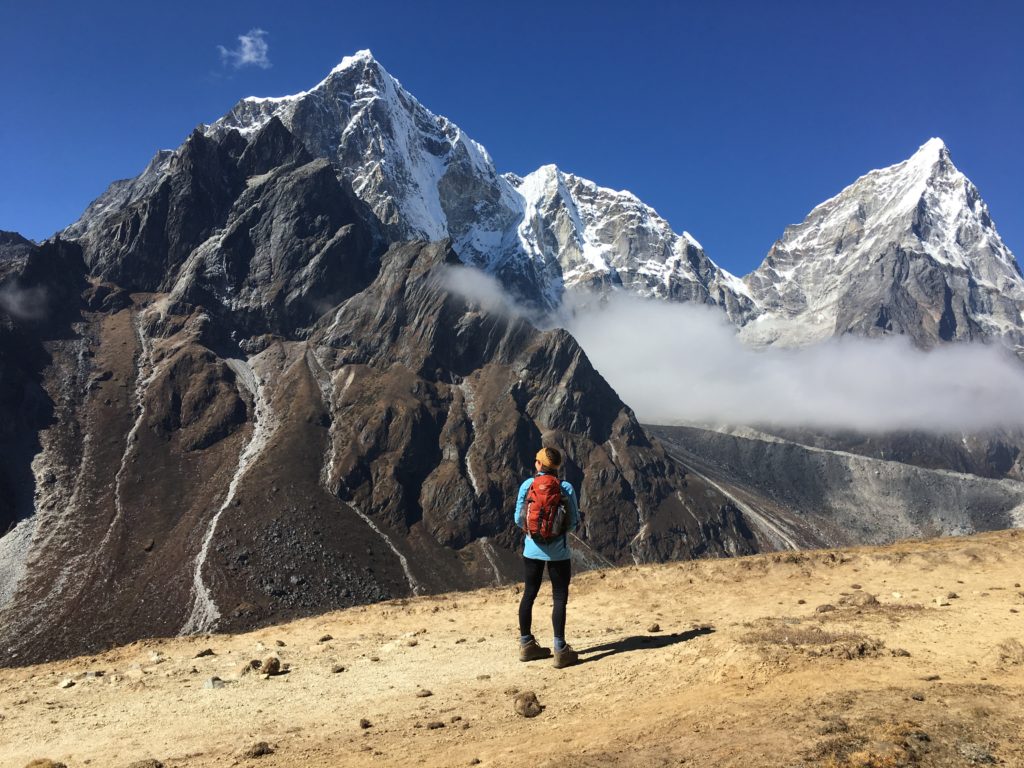
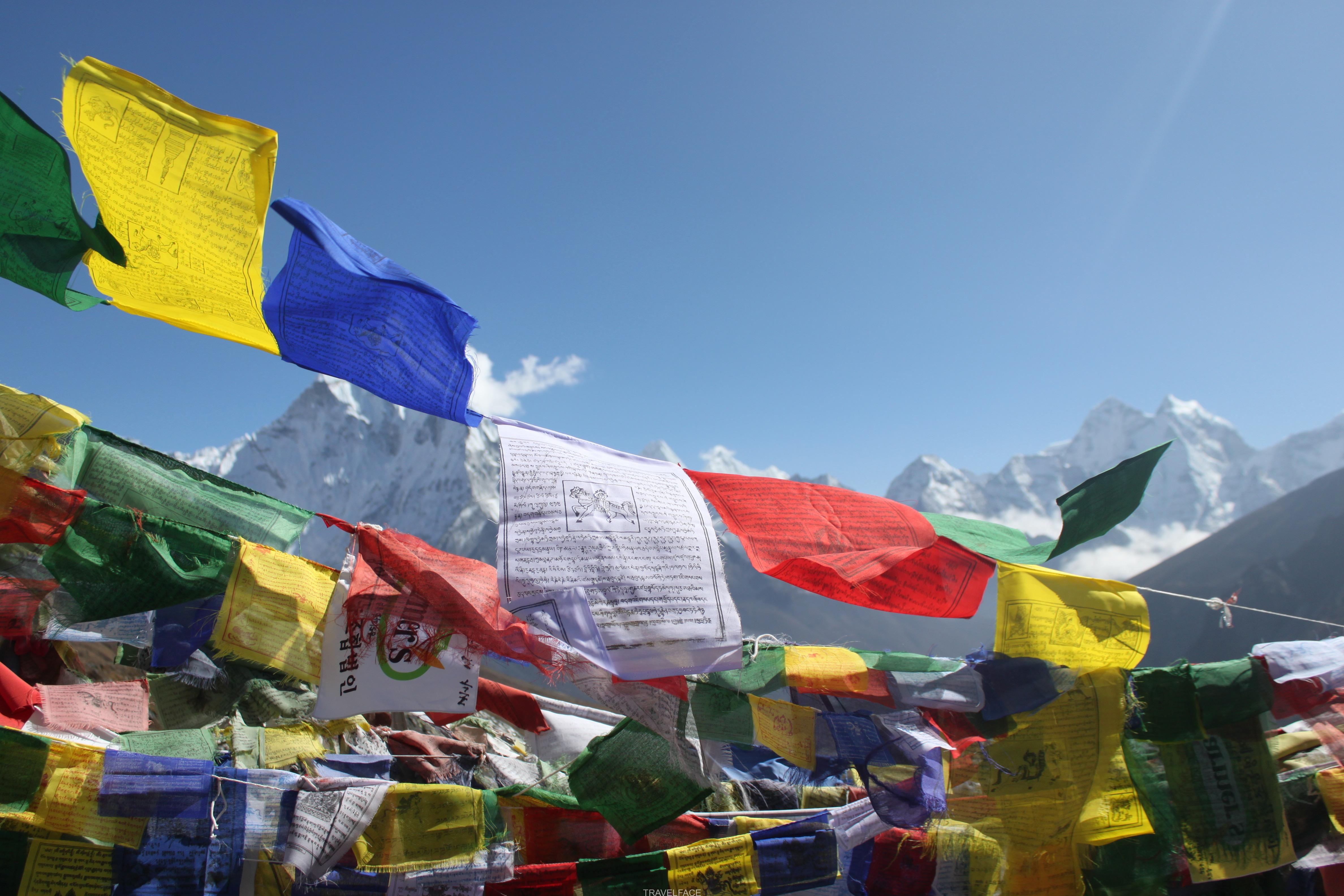

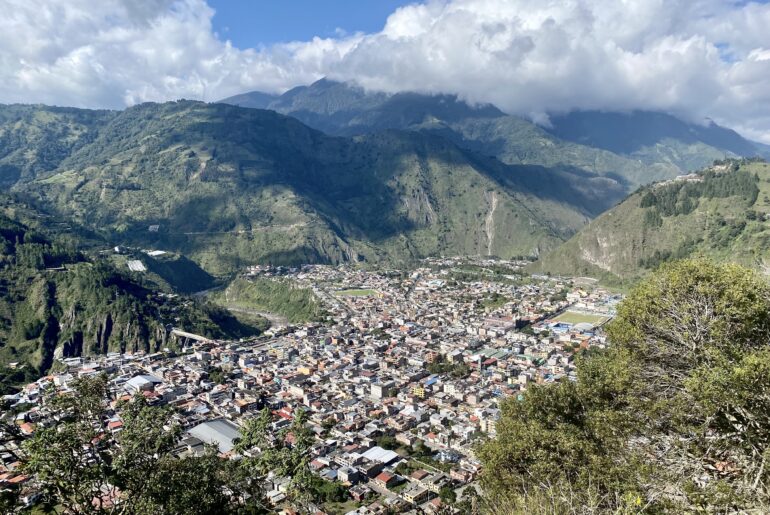
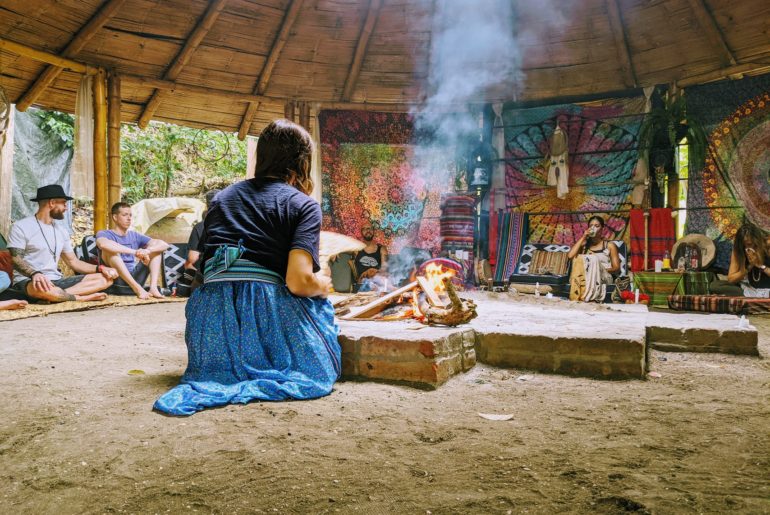
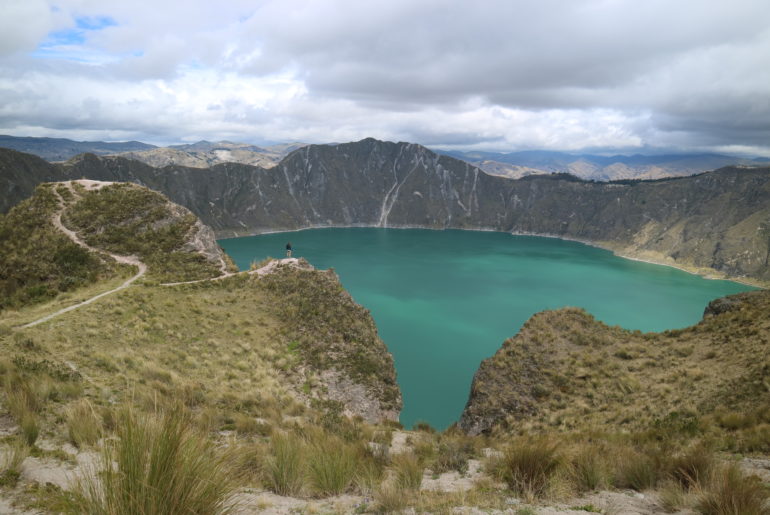
1 Comment
Pingback: EVEREST BASE CAMP: SOME QUESTIONS ANSWERED - travelface